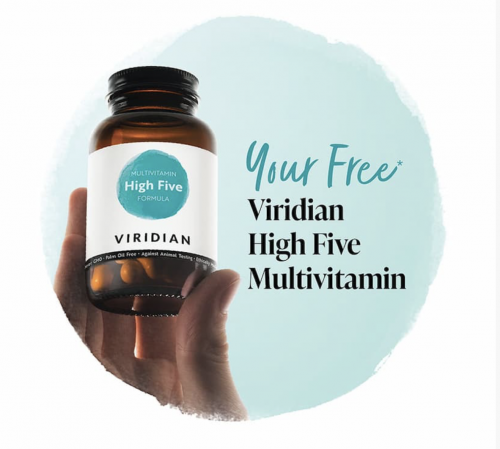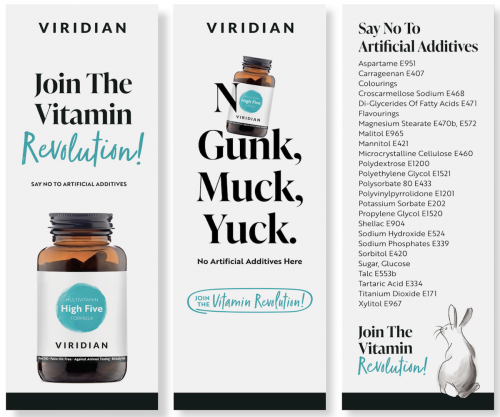A time of good cheer, great parties and relaxation …
Well, maybe not for those who spend the holiday period with indigestion, bloated stomachs and flatulence on account of the big meals.
Use Pro-biotics to combat bloating and use a Digestive Aid with enzymes, ginger and peppermint to reduce strain on the gall bladder and pancreas. – Both remedies boost the power of the digestive tract and minimise digestive trauma.

Milk Thistle (Silybum marianum)
For those hitting the bottle on their party-go-round, the must-have herbal remedy is Milk Thistle Complex, which should be taken before leaving home, on returning home and again in the morning.
Not only does it reduce the hang-over pain, it helps process rich, fatty foods, so it can be part of your New Year detox plan, too.




